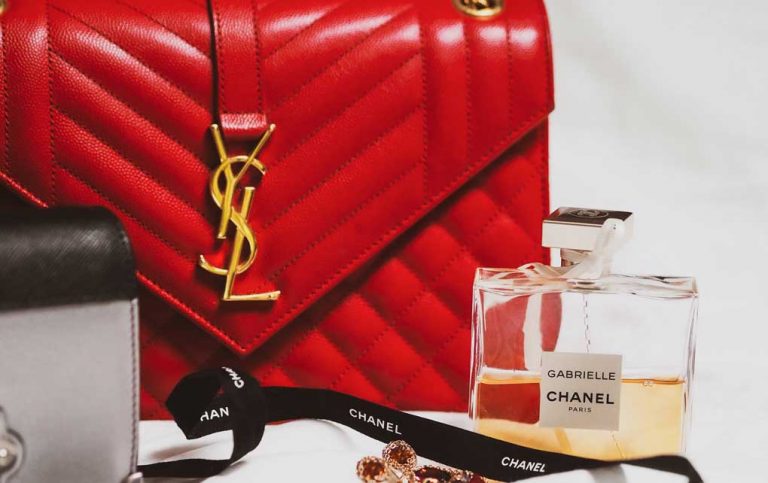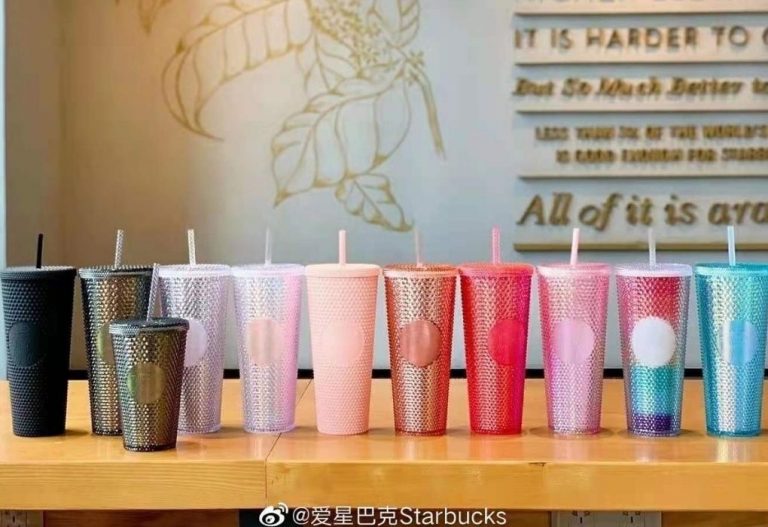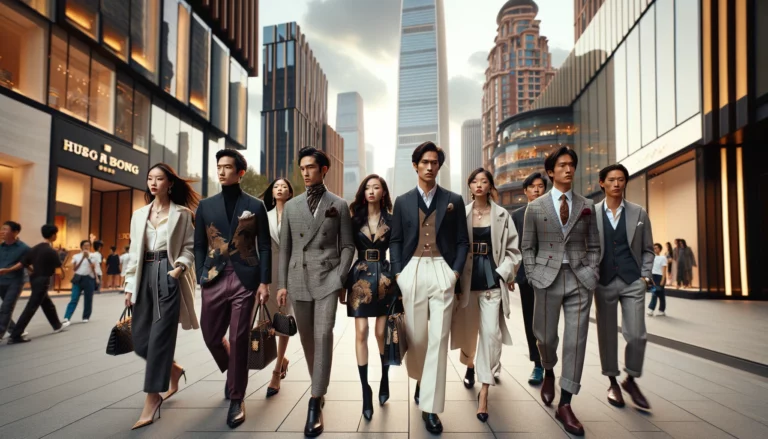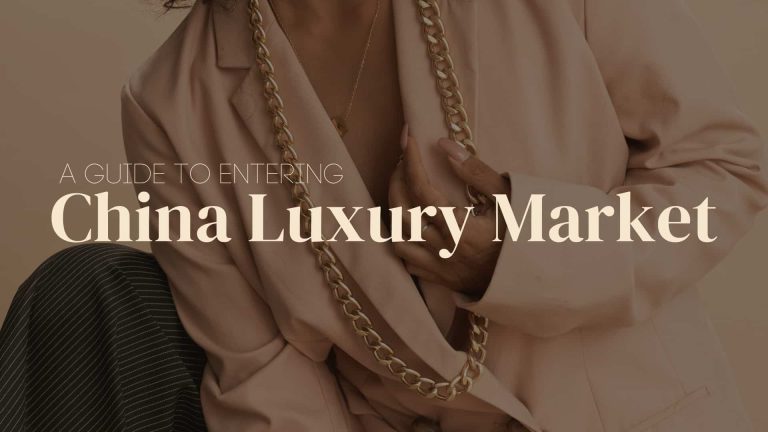Why do some luxury brands fail in China? A lesson of Shanghai Tang
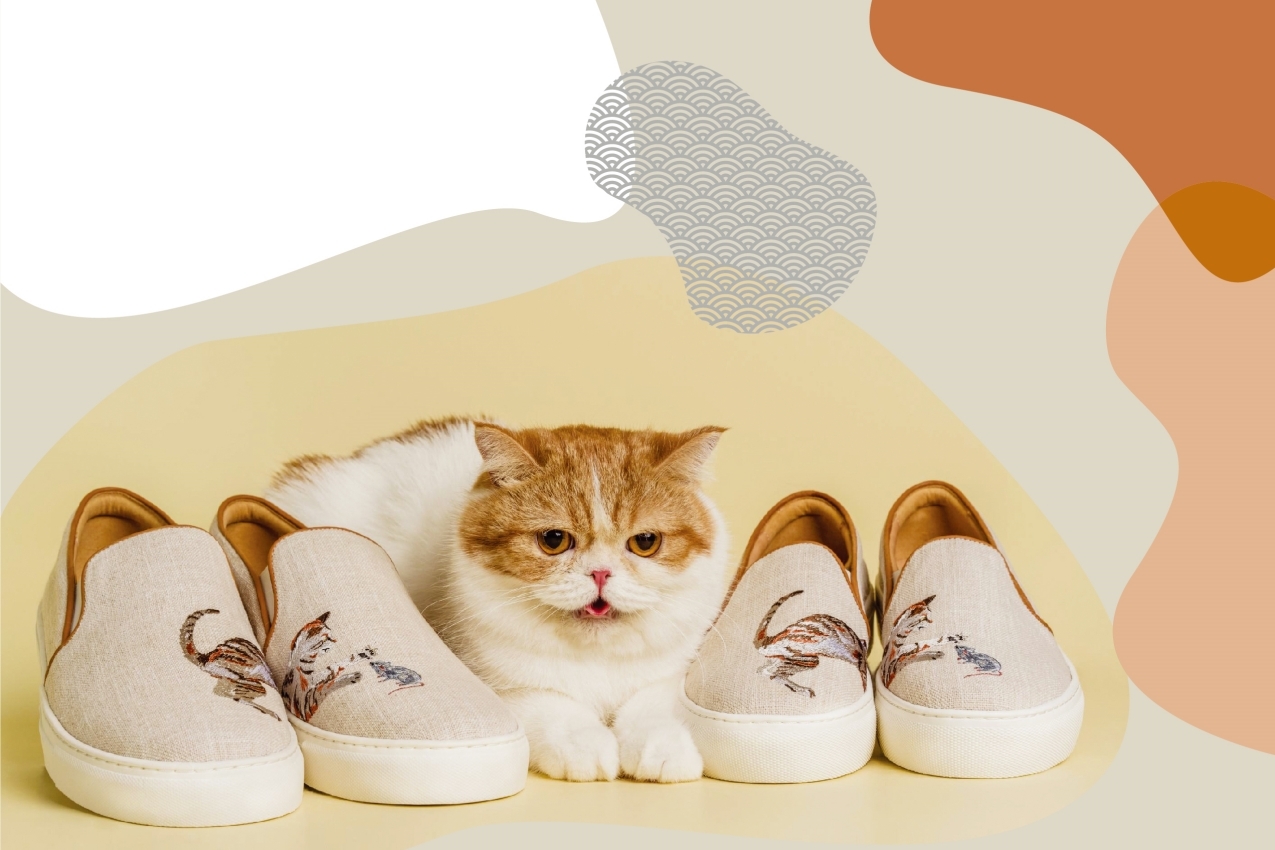
Shanghai Tang
Established in 1994 by Sir David Tang, Shanghai Tang got well known after Maggie Cheung wore the brand’s mark qipao (旗袍)in the Wong Kar-Wai magnum opus, “In the State of mind for Affection.” Like the film, which was a craftsmanship film sensation in the West and Hong Kong itself, a significant part of the brand’s prosperity is ascribed to its possessing a space among China and the West. Presently, be that as it may, the brand’s way of life liquid the character represents a genuine test to its development.
Cost-Effective Agency
KPI and Results focused. We are the most visible Marketing Agency for China. Not because of huge spending but because of our SMART Strategies. Let us help you with: E-Commerce, Search Engine Optimization, Advertising, Weibo, WeChat, WeChat Store & PR.
The Ascent and Fall (and Ascend?) of Shanghai Tang
Sir David Tang began his business making customary Chinese-style garments, including velvet Tang coats (唐装), for his high society companions in Hong Kong, which was as yet an English province at the time. In its prime, Shanghai Tang (上海滩) was viewed as the leading Chinese extravagance brand, and Tang was frequently connected with the social elites in the West, for example, Princess Diana, Ruler Andrew, and President Clinton. Getting land wrong nearly murdered Shanghai Tang twice. In 1997, Richemont upheld Tang’s game-changing choice to open a mammoth lead on New York’s Upper East Side. The 12,000-square-foot store started discharging cash very quickly.
Shanghai Tang boutiques network
Such a monster boutique would have been monetarily impractical for most brands; however, it did not help that most Americans discovered Tang’s tremendously brilliant Chinese garments very outsider.
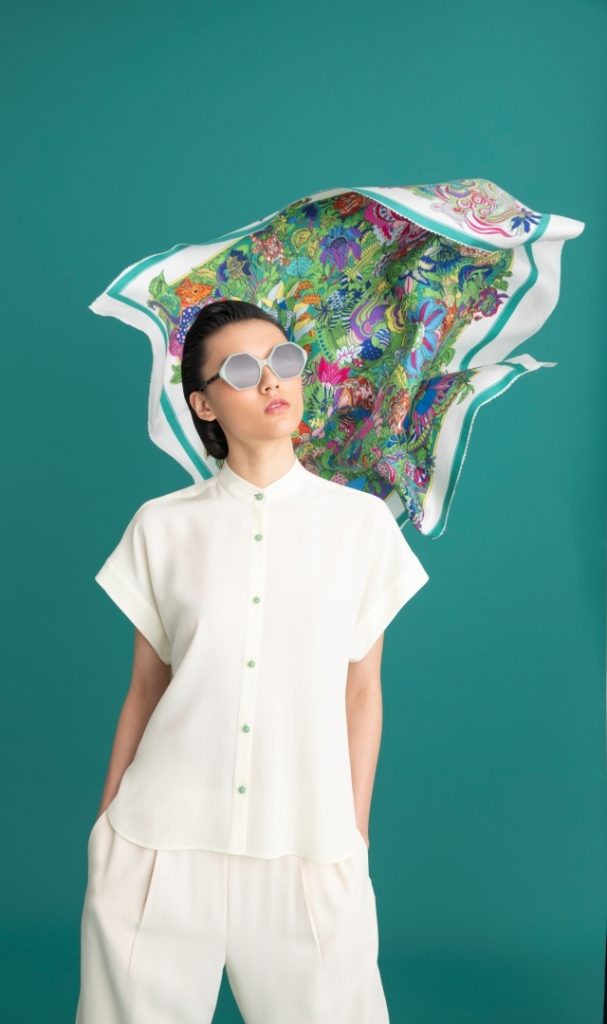
Tang shut the store only two years after its grand opening because of the high lease and frustrating marketing projections. In 1998, Richemont, a Swiss extravagance gathering, began putting resources into Shanghai Tang and assumed control over the brand in 2008. From that point forward, Shanghai Tang has extended to 23 stores comprehensively, remembering abroad boutiques for London and Miami, yet the brand kept on battling. Indeed, even the first Shanghai Tang area in Hong Kong was shut in 2011 because of “high leases,” as indicated by Bloomberg. At the point when Shanghai Tang lost its Pedder Road rent — an occasion Le Masne called the most significant test in his 15 years driving the brand. “The faithfulness of our clients was worked around that leader store, so losing it resembled cutting the roots from the brand,” he says.
Although Le Masne had the option to supplant the income with two new areas, the brand never recovered the nostalgic gloss related to its unique space inside the 1920s Pedder Building. He opened an exceptionally aspiring and costly lead at Shanghai’s Cathay Theater. It was a dazzling Craftsmanship Deco symbol however observed almost no pedestrian activity and lost cash from its opening in 2013 onwards. Joined with the spiraling retail leases in Hong Kong during a similar period, the brand started losing cash, eventually prompting Richemont’s choice to sell it. In July 2017, Richemont offloaded the then unfruitful brand to a consortium that included Hong Kong-based Cassia Ventures and Italian knitwear maker Alessandro Bastagli.
They needed to utilize Shanghai Tang to pick up passage into the worthwhile Chinese extravagance showcase by promising to reclaim the brand with “new stores in Paris and Milan” and “extend online deals.”. However, it appears they moved all assembling and plan from China to Italy. The conviction was that Chinese customers looked down on neighborhood fabricating; however, that was an obsolete recognition. Retail costs multiplied very quickly, and income dropped by more than 50 percent inside ten months.
The story of Shanghai Tang
In 2018, a gathering of financial specialists drove by Hong Kong’s Lunar Capital purchased out the brand and selected Victoria Tang, the late originator’s little girl, as inventive chief. “[Young] individuals welcome the inheritance of Chinese traditional culture without question. They need it refreshed to mirror the most recent forty years of modernization, including Western impacts,” says Chen Danxia, an executive at Chinese aggregate Liby Undertaking and co-financial specialist in the 2018 acquisition.
“You could state that we try to make what might be compared to Ralph Lauren for the Chinese market,” says Derek Sulger, co-director of Lunar. “[Chinese twenty to thirty-year- olds are] critical, brilliant and pretentious [and] that is the reason we need a great deal of them in the group. There is never again a divider between what a Chinese millennial will need and what their schoolmates at Harvard will wear. On the off chance that we prevail in this market, we will succeed anyplace.”
What is the real problem?
It is not straightforward for a Chinese brand to fabricate a common name in the style world. Chinese tasteful qualities are so unique concerning Western ones that it is difficult to structure an outfit that takes into account both Chinese clients and Western clients the same. For instance, a mythical beast symbolizes promise in Chinese culture, yet it infers the inverse in Western culture. Chinese love to dress in red for weddings; however, Westerners favor white. These social contrasts will make it hard for Shanghai Tang planners to art and tailor an outfit that the two fit the style guidelines of a Chinese client and a Western client.
Estimating is an issue, as well. A Shanghai Tang qipao costs in any event $600, while a less expensive option can without much of a stretch be found on China’s driving internet business stage Taobao for as meager as 30 RMB ($5). At the insignificant notice of the “extravagance design brand,” Chinese clients are bound to think about a Western, present-day style dress than a good old, conventional Chinese qipao.
Western clients, what they think of this Chinese Brand?
Similarly, numerous Western clients would observe themselves wearing Shanghai Tang’s mark outfits during unique events, for example, on Halloween or Chinese New Year, and that being said, they had hazard allegations of social allocation. For Famous Western people, the brand’s garments are more similar to collectibles than storeroom regulars.
Another test for Shanghai Tang is whether it will have the option to pick a city to change its neighborhood nearness into a worldwide one. It is unsettling to find that the brand, at last, flopped in Hong Kong and New York, the two of which are cosmopolitan urban areas with enormous Chinese populaces. Will Paris or Milan do any better?
Read also

